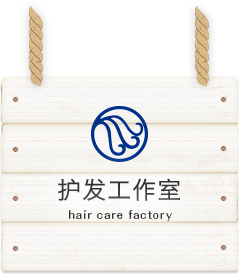Japanese honeysuckle is an evergreen vine that grows wild in regions throughout China, Korea and Japan and was given its name due to the sweetness that can be tasted by sucking the flower’s stem. Used as a Chinese herbal medicine, one of its Japanese names is “Nindo,” meaning “to endure the winter,” because rather than withering during the cold months, its flowers fold in on themselves, enabling them to survive the winter cold. In addition, although white when they begin to bloom, the nindo flowers turn yellow as time passes and this has given rise to the Japanese name “Kinginka,” meaning “gold and silver flowers” that derives from the appearance of the plant adorned with a mixture of white and yellow flowers. Known for its skin-beautifying and cosmetic properties, the Japanese honeysuckle is effective against eczema, heat rash and inflammation and has come to be used both in herbal and folk medicines. The Japanese honeysuckle’s constituents include chlorogenic acid and saponin and, when compounded in cosmetics, it is known to produce anti-inflammatory, anti-allergic and rough-skin improving effects and is also effective in helping the skin recover from damage caused by UV rays and as an astringent.
原料图例

